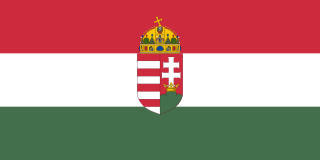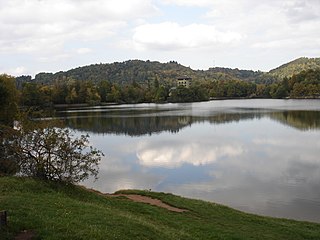 W
WCarpathian Ruthenia was a region in the easternmost part of Czechoslovakia that became autonomous within that country in September 1938, declared its independence as the "Republic of Carpatho-Ukraine” in March 1939, was immediately occupied and annexed by Hungary, invaded by the Soviet Red Army in 1944 and incorporated into the Ukrainian Soviet Socialist Republic in 1946. In total between 1939 and 1944 80,000 Carpathian Ukrainians perished.
 W
WCarpatho-Ukraine or Carpathian Ukraine was an autonomous region within the Second Czechoslovak Republic, created in December 1938 by renaming Subcarpathian Rus' whose full administrative and political autonomy was confirmed by the Constitutional law of 22 November 1938. After the breakup of the Second Czechoslovak Republic, it was proclaimed an independent republic on 15 March 1939, headed by president Avgustyn Voloshyn, who appealed to Hitler for recognition and support. Nazi Germany did not reply, and the short-lived state was returned to the Kingdom of Hungary, crushing all local resistance by 18 March 1939.
 W
WThe Military District of Kaschau was one of the administrative units of the Habsburg Kingdom of Hungary from 1850 to 1860. The seat of the district was Kaschau. It included territories of present-day Slovakia, Hungary and Ukraine.
 W
WThe Military District of Preßburg was one of the administrative units of the Habsburg Kingdom of Hungary from 1850 to 1860. The seat of the district was Preßburg. It included western parts of present-day Slovakia and northern parts of present-day Hungary.
 W
WRusyns and Ukrainians in Czechoslovakia during the period from 1918 to 1938, were ethnic Rusyns and ethnic Ukrainians of the First Czechoslovak Republic, representing two main ethnic communities in the most eastern region of Czechoslovakia, known during that period as the Subcarpathian Rus.
 W
WSlovak lands or Slovakian lands is the historical denomination for the whole of the Slovak-inhabited territories in Central Europe. It more or less corresponds to modern Slovakia and the adjacent territories in which autochthonous Slovak minorities live.
 W
WTajchy are artificial water reservoirs in the Štiavnica Mountains, in central Slovakia. Most of them were built in order to provide energy for the silver mines of Banská Štiavnica in the 18th century. At their height, tajchy comprised a sophisticated system of 60 reservoirs, connected to each other by more than 100 km of channels and tunnels.